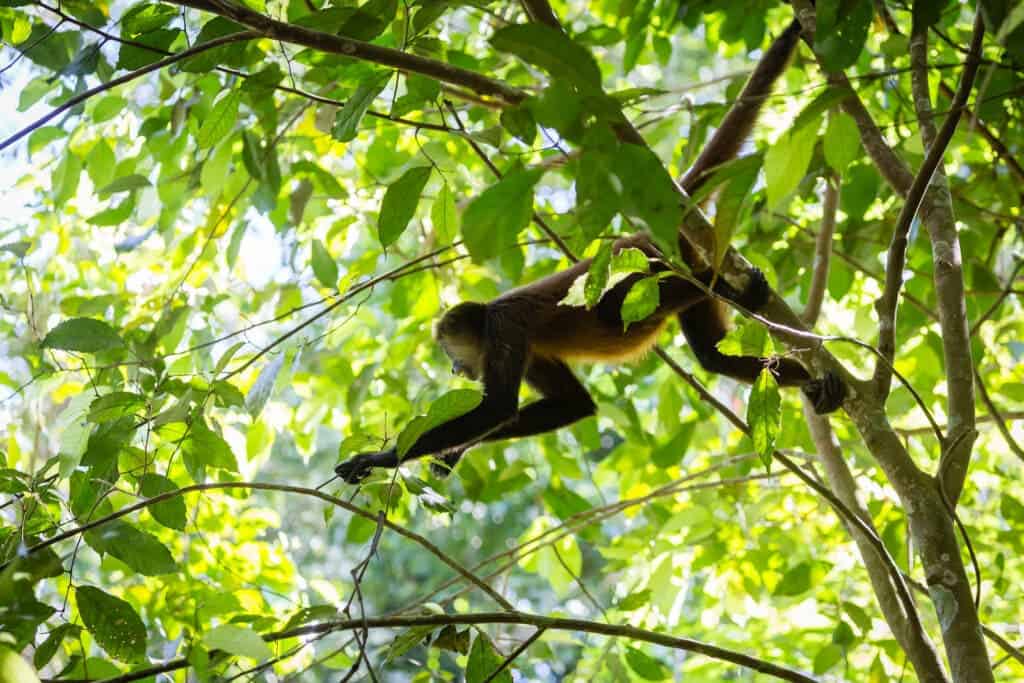A study of hundreds of species of animals has revealed the pressure the wildlife trade is having on the natural world. Researchers found that wildlife populations declined an average of 62% in areas where species are traded, showing what a devastating impact wildlife trading really has — and how dearly more protective measures are needed.

Wildlife trade is worth billions of dollars annually and it affects most major taxonomic groups. Despite this, a global understanding of the trade’s impacts on species populations is lacking. A group of researchers led by the University of Sheffield carried out a novel analysis to quantify the impact of legal and illegal trade — and it’s not looking too bright.
The team looked at 133 land-based species and found that the most endangered animals (which typically have smaller populations) are most at risk, with average declines of 81%. This has led to local disappearances in some cases, for example with populations of spider monkeys and Baird’s tapir declining by 99.9%, according to the study’s findings. David Edwards, the co-author of the study, said in a statement:
“Thousands of species are traded for pets, traditional medicines, and luxury foods, but how this impacts species’ abundances in the wild was unknown. Our research draws together high-quality field studies to reveal a shocking reduction in most traded species, driving many locally extinct.”
At least 100 million plants and animals are internationally trafficked each year and the international wildlife trade is said to be worth between $4-20 billion per year, according to recent estimates. The main drivers are the pet industry, bushmeat (defined as wildlife traded for food consumption), traditional medicine, ivory, and laboratory use. Both legal trading and poaching are causing issues.
Some examples of how trade impacts species include the decline of African elephants because of the ivory trade, which is estimated to have plummeted from 10 million in the early 20th century to just 415,000 now, and the threats faced by pangolin species across Africa and Asia – trafficked mainly because of their scales that are then sold in China.
The researchers did a quantitative meta-analysis of the wildlife trade that synthesized 506 species-level effect sizes from 31 studies, estimating trade-driven declines in mammals (452 effect sizes), birds (36), and reptiles (18). They compared areas where wildlife trade was active to unexploited control sites, finding out that wildlife trade was driving population decline even in protected areas.
They couldn’t include amphibians, invertebrates, cacti, and orchids in their analysis because of a lack of sufficiently rigorous data – although all of them are a big part of the global wildlife trade and would likely only make the results even worse. The 31 studies used by the researchers for their meta-analysis had limited geographical coverage as most of them focused on South America and Africa.
“For such a severe threat to global wildlife, we uncovered concerningly limited data on the impacts of wildlife trade in Asia, North America, and Europe, as well as a lack of data for many amphibians, invertebrates, cacti, and orchids, despite these groups often being traded,” Oscar Morton, lead author, said in a statement. “Where extraction for wildlife trade occurs we found large declines in species abundances.”
The study was published in the journal Nature Ecology & Evolution.


